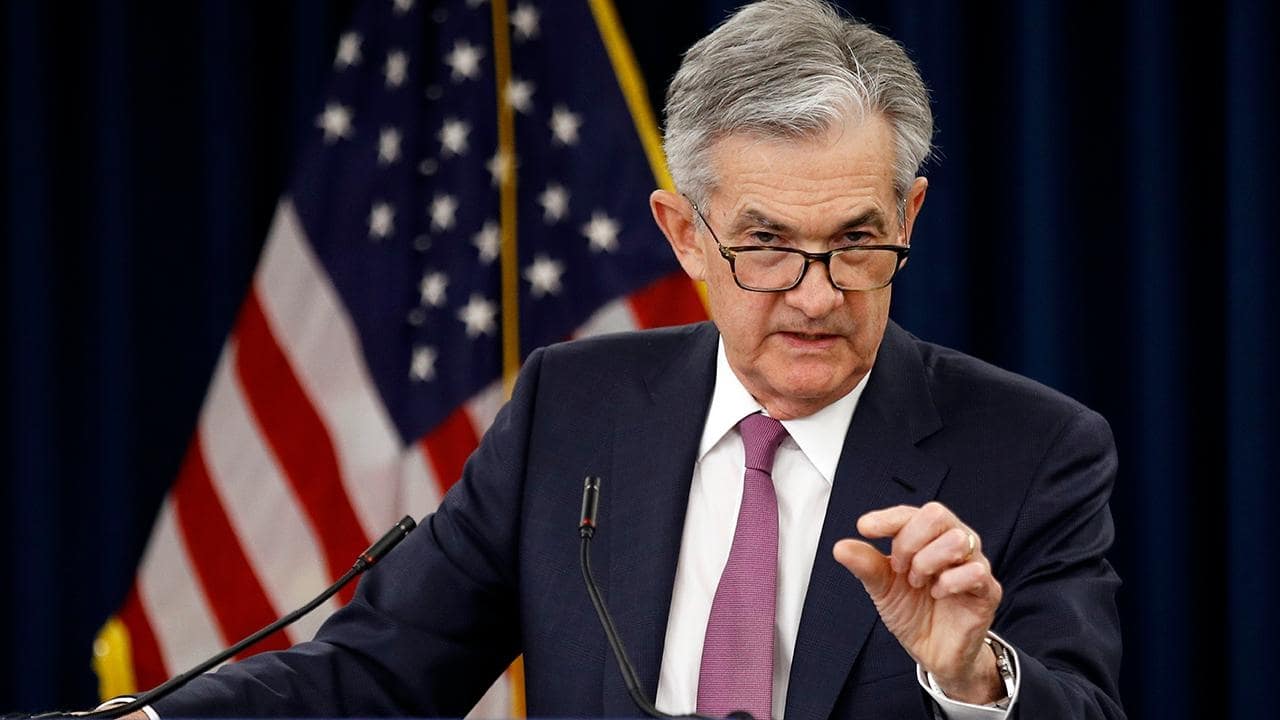2019-2-6 06:50 |
The short past of Bitcoin has already been littered with now-famous obituaries made too soon from short-sighted perspectives from high-profile names and yet, it lingers.
Cryptocurrency is still so new, no one can really know if it’s going to stay or not and Bitcoin, as the first and a giant, has so many boom-and-bust cycles that it’s hard to keep up but all seem to lead back to the same question- is BTC a speculative asset or does it have intrinsic value all its own?
Is Bitcoin, itself, a bubble? Are all cryptocurrencies? Or will it just go through an inevitable range of bubble and burst market trends similar to the housing market?
To brand it as a bubble is easy. It’s a new technology with a great, and possibly timeless, base (blockchain), but markets itself as a monetary concept that will raise us all above government regulation, third-party interferers, and big banks. It’s not only difficult to grasp but gives it a nature that sounds a lot like a fad. Still, it does have the potential to impact our concept of money.
Because of its short history, big societal goals, and a tech backing it that has proven hard for the average person to understand, its perceived value has ranged greatly. This has lead sentiment to be the driving force in what price it is valued at.
Sentiment makes its market far more volatile than the average investor, depending wholly upon the feelings of those involved. Financial experts have found it almost impossible to define a proper valuation method for it because it does not operate like and fit in with other financial markets that already have well-established methods.
Likewise, cryptocurrency markets struggle because they are on the ground floor of a new market for an entirely new type of product that everyone is learning about along the way and no one can seem to agree upon a method for valuation that works every time. There has yet to be one that works that well.
It's this lack of understanding in its intrinsic value that has led many to call for Bitcoin’s ultimate demise during every burst bubble, whether it was during its early value of $0.70 or its current value of $3,400.
The Short Term Bias Holding Us BackDue to its volatility, it’s constantly being looked at in the short term and is trapped in a cycle of short term expectations with the same end result- when will it cease to exist.
But a long-term perspective is needed to fully grasp not only its potential into the future, but possibly even the method for which we might give it value.
Looking at it from this viewpoint paints a picture of Bitcoin’s market as bubbles in adoption cycles. A long term upwards trend can easily be seen in a 10 year graph of its value, and each bubble can be seen as the well-known irrational investor behaviour of FOMO (fear of missing out).
When people compare Bitcoin to Tulip Mania and other bubbles…But does Bitcoin's last decade REALLY look like those bubbles??? pic.twitter.com/tuMtBa9qKV
— James Todaro (@JamesTodaroMD) January 31, 2019
Part of what makes Bitcoin so remarkable in some regards is that we have nothing to relate it to. 10 years has seen 4 bubble bursts, more than any other asset class, and yet it is still here and still trending steadily upwards. It represents a new asset class and possibly future trend of a modern age where new trends can be set quickly.
Will it be the main global currency? Who can predict such a feat? It may just be an experiment in monetary theory we all look back on. But the repeated dismissal of it as just another short bubble akin to the tulips of the 17th century the Netherlands is proving short-sighted. The trend is clear and the fast assumptions were too quick to bat, despite not knowing where the trend will land us.
Bitcoin (BTC), Ethereum (ETH), XRP (Ripple), and BCH Top Coin Price Watch (Feb 5th)
origin »Bitcoin (BTC) на Currencies.ru
|
|





